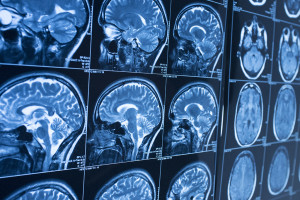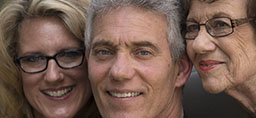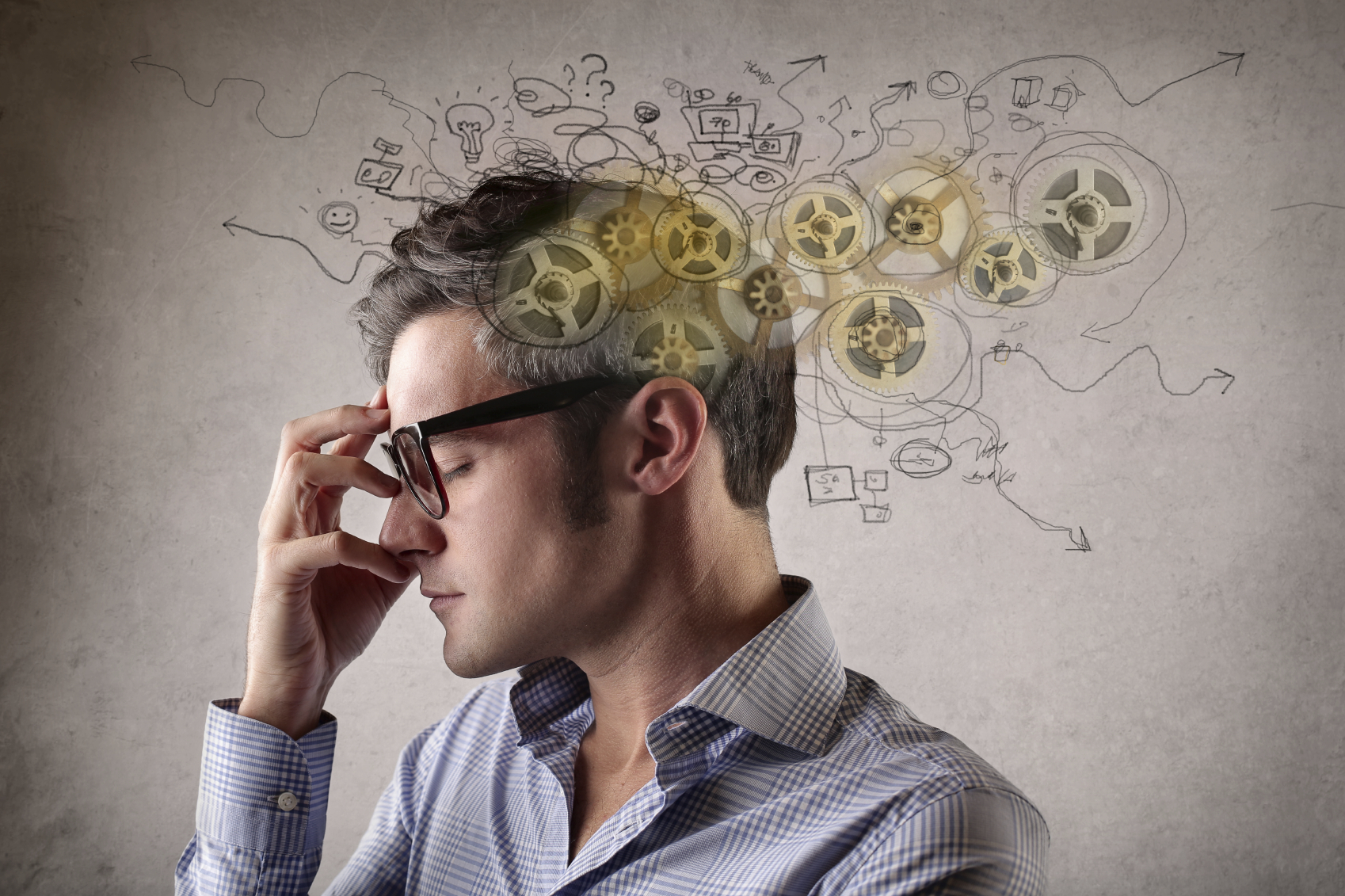
When it comes to promoting awareness of Lou Gehrig’s disease and raising money for research, it’s hard to overstate the success of the ice bucket challenge.
The social media fundraiser spread like wildfire in the summer of 2014, enticing millions of people worldwide to post videos of themselves dumping ice water over their heads.
It turned into a phenomenon that raised awareness of Lou Gehrig’s disease—also called amyotrophic lateral sclerosis, or ALS—and generated an astounding $220 million for research.
And yet, despite the success, ALS remains a mysterious illness to many.
French neurologist Jean-Martin Charcot, a pioneer in his field, first described and diagnosed it in 1869. Not until 70 years later, when beloved baseball player Lou Gehrig was diagnosed, would the disease really come to the forefront.
This progressive, neurodegenerative disease affects nerve cells in the brain and spinal cord. Motor neurons communicate from the brain to the spinal cord and from the spinal cord to muscles throughout the body. As the disease progresses and motor neurons die, the brain loses its ability to control muscle movement.
In late stages of the disease, some patients become completely paralyzed.
Paul Twydell, DO, a Spectrum Health neurologist, throws some cold water on the common misconceptions about ALS, helping us separate fact from fiction.
Diagnosis
Perception: ALS has definite symptoms and is easy to diagnose.
Reality: ALS can be very difficult to diagnose, as no single test can provide confirmation and it often takes a year or more to reach a diagnosis. Early on, symptoms and exam findings can be misleading.
It’s important for patients to have a neurologist who specializes in the diagnosis and treatment of neuromuscular disorders like ALS—it expedites the diagnostic process.
A neurologist may need to order tests, such as an EMG—a test of the nerves and muscles—and a MRI of the brain and spinal cord. Doctors may also order lab tests to rule out other diseases that can mimic ALS.
Treatment
Perception: There is no cure for ALS.
Reality: True, there is no cure for ALS, but emerging treatments may slow the disease and ease the burden on patients and caregivers.
There is currently one FDA-approved medication for the treatment of ALS: Riluzole (Rilutek). There’s some debate about how the medication works, but it’s thought to reduce some of the activity that causes motor neurons to stop functioning.
Studies have shown the medication can extend a person’s life anywhere from three to 16 months. It’s generally a well-tolerated medication among patients, although it can make some people feel tired or weak. A doctor must monitor the liver function of those on this medication.
Patients who use noninvasive ventilation early in their ALS diagnosis may also see improvements in respiratory function and quality of life, as well as improved survival rates.
Beyond that, there’s some debate about when to start nutrition through a feeding tube. It’s clear that for those who can’t swallow well, this option can help them maintain their weight, which in turn can improve survival rates.
There are also symptomatic treatments to address mood and other problems that may arise, such as issues with speech, swallowing and excess saliva production. Patients can also use adaptive equipment to help them complete daily activities, conserve energy, improve communication, maintain their mobility and prevent falls.
One of the most useful interventions, however, is the multidisciplinary ALS clinic model. Patients who attend a multidisciplinary clinic will live, on average, about a year longer than those who don’t. There are likely multiple reasons for this, including earlier adoption of Riluzole, noninvasive ventilation and feeding tube use.
The clinic has a neuromuscular physician with expertise in diagnosing and treating patients with ALS as well as a speech and swallowing specialist, a physical therapist, a respiratory therapist, a medical social worker and a nurse coordinator. They work together to solve problems an ALS patient will encounter in daily living, everything from equipment needs to psychosocial issues.
Mortality
Perception: ALS patients typically die within five years of diagnosis.
Reality: This is, unfortunately, the reality for many patients. ALS is a devastating disease that leaves most patients about two to five years to live once they’ve been diagnosed. About half of all patients will live beyond three years, and a small percentage may live much longer.
Doctors don’t fully understand why some patients live longer. Certain genetic forms of the disease may progress more slowly. Most people will eventually succumb to the disease because of the respiratory failure that results from severe weakening of the breathing muscles.
Depending on individual patient preferences, lifespan can be extended through the use of ventilation that is noninvasive (BiPAP) and invasive (tracheostomy and ventilator). The multi-disciplinary ALS clinic, as mentioned, can also extend a patient’s lifespan and improve quality of life, largely because of the knowledge and experience of the providers there who specialize in ALS treatment.
Sports
Perception: ALS can be caused by sports.
Reality: This is a hotly contested topic right now.
There has been a lot of media attention about the effects of concussions on brain function and the condition known as chronic traumatic encephalopathy. This same connection has not been established for ALS.
We know through epidemiological studies that patients with ALS were more involved in contact sports when they were younger. There’s also a relationship between ALS patients and military service. It’s quite possible there is a connection here, in that perhaps people who are more physically fit are more likely to develop ALS.
To be clear, researchers have not established a definitive link.
Infection
Perception: Lyme disease and other infections can cause ALS.
Reality: ALS cannot be caused by infections. ALS types can be grouped into sporadic and hereditary.
Sporadic ALS has no known cause. Some recent research suggests there is a type of primitive retrovirus—Human Endogenous Retrovirus—that may cause ALS, or a type of ALS.
Other retroviruses, such as HIV and HTLV-1, can cause ALS-like illnesses. Lyme disease, which has a variety of neurological manifestations, does not cause ALS but it can damage nerves in such a way that it mimics ALS. If there is any suspicion of Lyme disease, most neurologists will test for it when evaluating patients for ALS.
Age
Perception: ALS is an older person’s disease.
Reality: Most patients develop ALS between age 40 and 70, with an average age of 55 at the time of diagnosis. ALS can occur in patients in their early 20s, and it may develop in patients in their 80s or 90s.
Traditionally it was thought that those who have hereditary ALS were more likely to develop it earlier in life. As researchers discover different forms of hereditary ALS, however, it appears this may not be the case.
Hereditary ALS accounts for about 5 to 10 percent of ALS patients. Of those, about 30 to 40 percent have a mutation in the c9orf72 gene and about 15 percent have a mutation in the SOD1 gene. There are several other genes that may also cause ALS.
Cognition
Perception: ALS only affects the body, not the mind.
Reality: ALS is a unique disease in that it affects both the central nervous system (brain and spinal cord) and peripheral nervous system (motor neurons that leave the spinal cord).
For this reason, patients can have a mixture of motor deficits that reflect damage to both parts of the nervous system. ALS can also be associated with dementia in a minority of patients.
There is mounting evidence of an association between frontotemporal dementia and ALS. An estimated 5 to 15 percent of patients with ALS will develop frontotemporal dementia, which can manifest itself in different ways. In some it may only cause changes in speech and language, although in others it may cause behavioral disturbances.
 /a>
/a>
 /a>
/a>
 /a>
/a>
I really found this story to be helpful and informative as my 82 year old unc!e was just diagnosed with bulbar ALS. The strange thing is that all his tests – MRI, PET scan & EMG – were negative for anything abnormal. Right before he began experiencing problems, he received a number of alcohol shots in his trigeminal nerve for trigeminal neuralgia. The doctor did not use any imaging when administering the shots as typically advised. My cousin was afraid that perhaps the doctor missed the nerve and that the myelin sheath was damaged by the alcohol injection. I told him I’d try to find out if this was possible as he was feeling guilty about encouraging his father to have the shots to begin with. We are a family stunned, devastated and crushed with grief.
Hi Rhonda, my 81-year-old Dad was just diagnosed with the same thing started with slurred speech then swallowing problems. Shock to the family so we can relate.
My grandfather was killed by this horrible disease when he was in his early 70’s and ive been told my whole life that there is a good chance I’ll get it. Ive lived a good portion of my life in fear of it as im now 50 I look for readings just like this so that I can attempt to stay in the “know” as much as possible, thank you.
I’m 84 years old and just been diagnosed with ALS. I’m going to get a second opinion. My energy is low. I used to be very energetic for my age. Eight months ago I developed slurred speech. My doctor thought I had a stroke but an MRI showed no sign of stroke. My neurologist made a diagnosis of hardening of the small arteries. Then another neurologist gave me some tests and made the diagnosis of ALS.
Hello Theresa, Second opinions are always helpful as you seek potential treatment options for health conditions. We wish you the very best. Best, Cheryl
My grandma who has been Lou Gehrig’s disease for 2 years at the age of 75 had all her symptoms reversed with a Ayurveda medicine from healthnaturalcentre.org after undergoing their ALS natural treatment plan. God Bless all ALS Caregivers. Stay Strong, take small moments throughout the day to thank yourself, to love your self, and pray to whatever faith, star, spiritual force you believe in and ask for strength. I can personally vouch for these remedy but you would probably need to decide what works best for you.